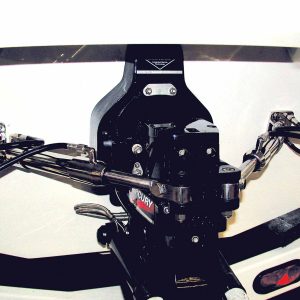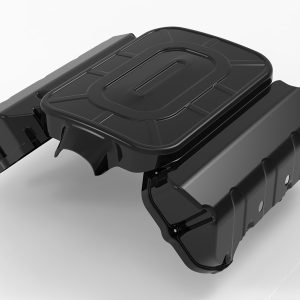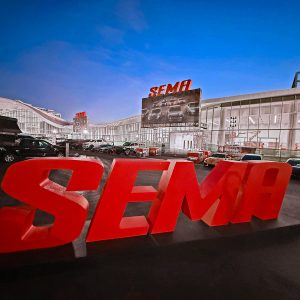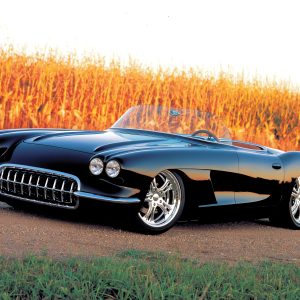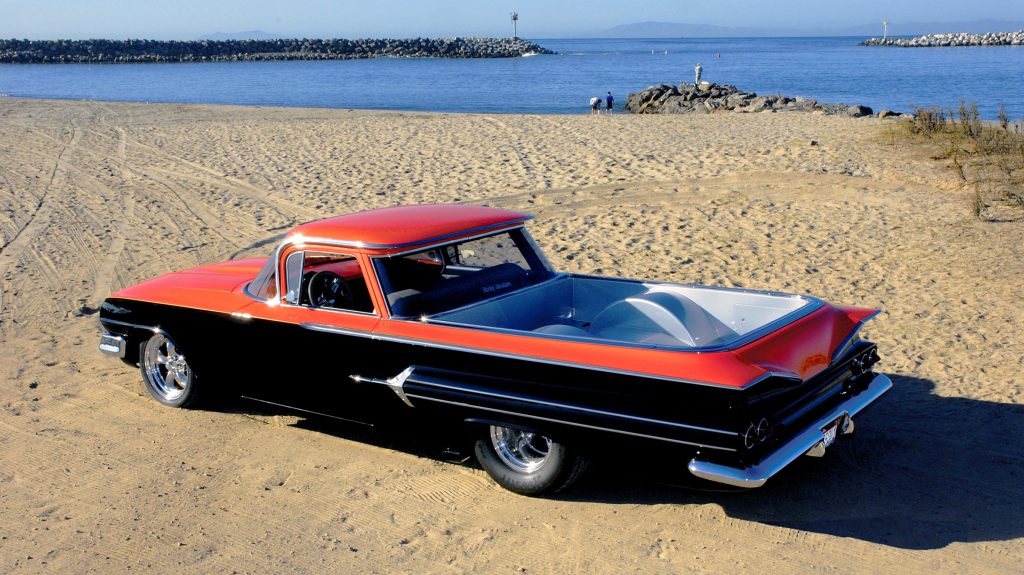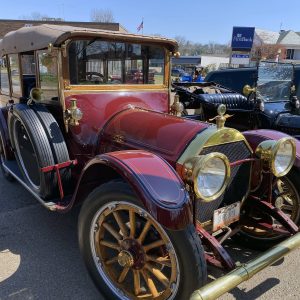
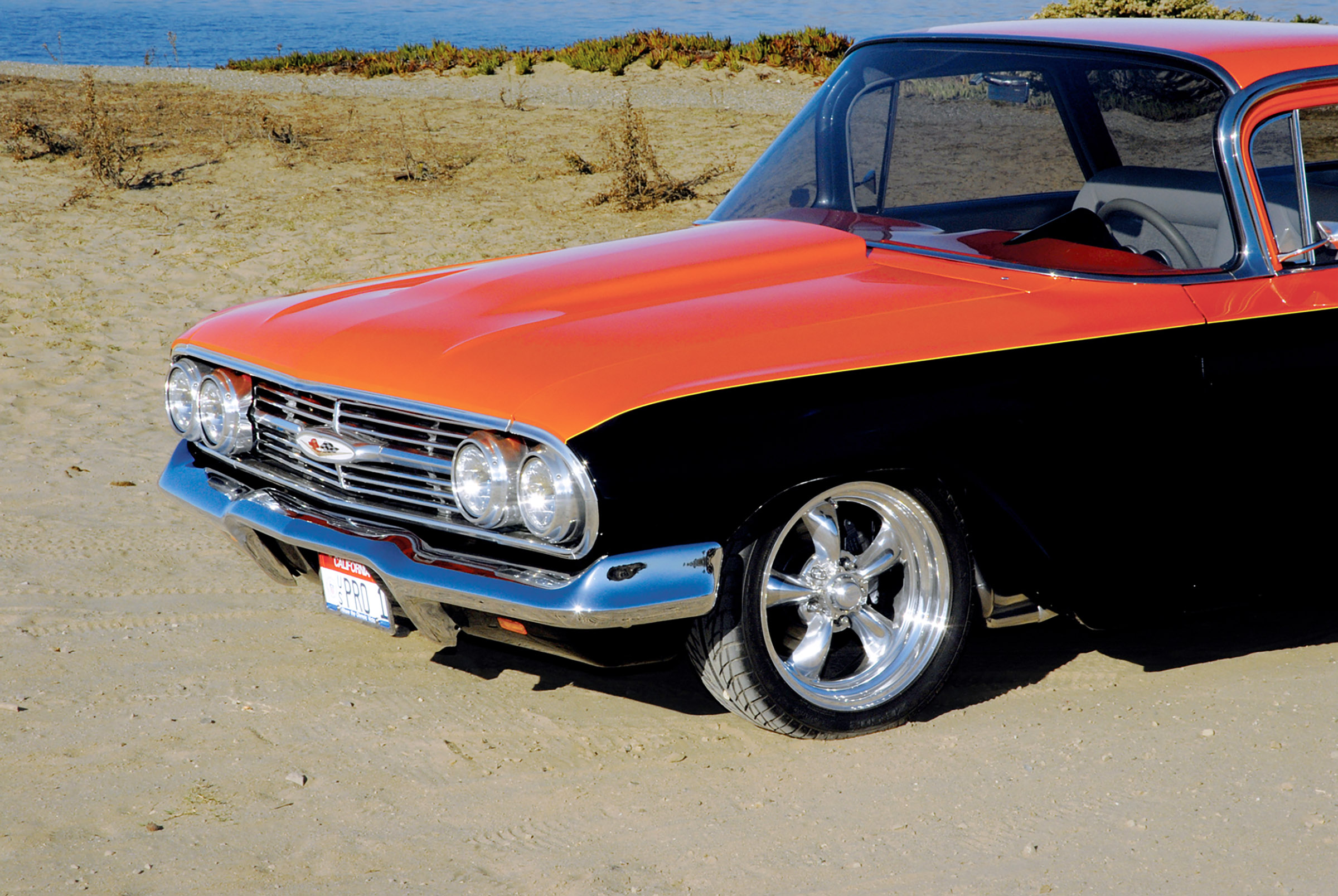

THE AUTO BUILDER
Featured
- All Post
- 20 High Priority - SR Super Rod
- Builds
- 25 High Priority - FB Ford Builder
- Cars
- 30 High Priority - AR American Rodder
- 01 Post Status
- 35 High Priority - RD Rodders Digest
- 40 High Priority - OTR On the Road
- 45 High Priority - SRB Street Rod Builder
- 50 High Priority - TB Truck Builder
- 55 High Priority - BSCENE Buckaroo Scene
- 60 High Priority - FPB Family Power Boat
- Trucks
- Swaps
- Performance Boats
- _000 Home Sliders
- Builders
- 00 Sidebars
- Manufacturers
- 05 High Priority - HCI Hot Compact Imports
- 05 Publications
- 10 High Priority - CR Chevy Rumble
- Back
- Chassis
- Engine
- Fuel System
- Electrical
- Exhaust
- Transmission / Drivetrain
- Suspension
- Steering
- Brakes
- Wheels and Tires
- Interior
- Exterior
- Accessories
- Power Adders
- Back
- Chassis
- Engine
- Fuel System
- Electrical
- Exhaust
- Transmission / Drivetrain
- Suspension
- Steering
- Brakes
- Wheels and Tires
- Interior
- Exterior
- Accessories
- Power Adders
- Back
- Chassis
- Engine
- Electrical
- Exhaust
- Fuel System
- Transmission / Drivetrain
- Suspension
- Steering
- Brakes
- Wheels and Tires
- Interior
- Exterior
- Accessories
- Power Adders
- Back
- Chassis
- Engine
- Electrical
- Exhaust
- Fuel System
- Transmission / Drivetrain
- Suspension
- Steering
- Brakes
- Wheels and Tires
- Interior
- Exterior
- Accessories
- Power Adders
- Back
- Chassis
- Engine
- Fuel System
- Electrical
- Exhaust
- Transmission / Drivetrain
- Suspension
- Steering
- Brakes
- Wheels and Tires
- Interior
- Exterior
- Accessories
- Power Adders
- Back
- Chassis
- Engine
- Fuel System
- Electrical
- Exhaust
- Transmission / Drivetrain
- Suspension
- Steering
- Brakes
- Wheels and Tires
- Interior
- Exterior
- Accessories
- Power Adders
- Back
- Chassis
- Engine
- Fuel System
- Electrical
- Exhaust
- Transmission / Drivetrain
- Suspension
- Steering
- Brakes
- Wheels and Tires
- Interior
- Exterior
- Accessories
- Power Adders
- Back
- Engine
- Fuel System
- Electrical
- Outdrives
- Steering
- Interior
- Accessories
- Power Adders
- Exterior and Hull
- Back
- Chassis
- Engine
- Electrical
- Exhaust
- Fuel System
- Transmission / Drivetrain
- Suspension
- Steering
- Brakes
- Wheels and Tires
- Interior
- Exterior
- Accessories
- Power Adders
- Back
- Chevrolet
- Cadillac
- Pontiac
- AMC
- Buick
- Jeep
- Lincoln
- Ford
- Honda
- GMC
- BMW
- Mitsubishi
- Dodge
- Nissan
- Chrysler
- Subaru
- Toyota
- Plymouth
- Mercury
- Volvo
- Volkswagen
- Oldsmobile
- Acura
- Back
- 05 Pub HCI Hot Compact Imports
- 15 Pub 4x4 4x4 Builder
- 20 Pub SR Super Rod
- 25 Pub FB Ford Builder
- 30 Pub AR American Rodder
- 35 Pub RD Rodders Digest
- 40 Pub OTR On the Road
- 55 Pub BSCENE Buckaroo Scene
- 10 Pub CR Chevy Rumble
- 50 Pub TB Truck Builder
- 60 Pub FPB Family Power Boat
- 45 Pub SRB Street Rod Builder
- Back
- Chip Foose
- Ring Brothers
- Jack Fuller
- Bob Cullipher
- Jerry Nichols
- Bobby Alloway
- Jesse James
- Carl Casper
- J.F. Launier
- Steve Sellers
- Boyd Coddington
- Rad Rides by Troy
- Cal Auto Creations
- George Barris
- West Coast Customs
- Back
- Street Rods
- Hot Rods
- Late Model
- Drag Race
- Handling
- Compact Cars
- Chassis
- Engine
- Fuel System
- Electrical
- Exhaust
- Transmission / Drivetrain
- Suspension
- Steering
- Brakes
- Wheels and Tires
- Interior
- Exterior
- Accessories
- Power Adders
- Chassis
- Engine
- Fuel System
- Electrical
- Exhaust
- Transmission / Drivetrain
- Suspension
- Steering
- Brakes
- Wheels and Tires
- Interior
- Exterior
- Accessories
- Power Adders
- Chassis
- Engine
- Electrical
- Exhaust
- Fuel System
- Transmission / Drivetrain
- Suspension
- Steering
- Brakes
- Wheels and Tires
- Interior
- Exterior
- Accessories
- Power Adders
- Chassis
- Engine
- Electrical
- Exhaust
- Fuel System
- Transmission / Drivetrain
- Suspension
- Steering
- Brakes
- Wheels and Tires
- Interior
- Exterior
- Accessories
- Power Adders
- Chassis
- Engine
- Electrical
- Exhaust
- Fuel System
- Transmission / Drivetrain
- Suspension
- Steering
- Brakes
- Wheels and Tires
- Interior
- Exterior
- Accessories
- Power Adders
- Chassis
- Engine
- Fuel System
- Electrical
- Exhaust
- Transmission / Drivetrain
- Suspension
- Steering
- Brakes
- Wheels and Tires
- Interior
- Exterior
- Accessories
- Power Adders
- Back
- 05 Post Imported
- 20 Post Missing Images (All)
- 25 Post Missing Images (Partial)
- 15 Post In Progress
- 30 Post Internal Review
- 40 Post On Hold
- 50 Post Approved
- 10 Post Images Imported
- 17 Post Missing TXT Files
- 18 Post Missing PDF Files
- 27 Post Missing Content
- Back
- Chassis
- Engine Swaps
- Interior Swaps
- Driveline
- Back
- Street Trucks
- OffRoad Trucks
- Chassis
- Engine
- Fuel System
- Electrical
- Exhaust
- Transmission / Drivetrain
- Suspension
- Steering
- Brakes
- Wheels and Tires
- Interior
- Exterior
- Accessories
- Power Adders
- Chassis
- Engine
- Fuel System
- Electrical
- Exhaust
- Transmission / Drivetrain
- Suspension
- Steering
- Brakes
- Wheels and Tires
- Interior
- Exterior
- Accessories
- Power Adders
- Back
- 01 Sidebar Left
- 01 Sidebar Right
Totally Awesome Elky
A Home-Built ’60 El Camino That Was 15 Years in the Making
Author

Bob McClurg
Photography by Bob McClurg & Brad Meltzer
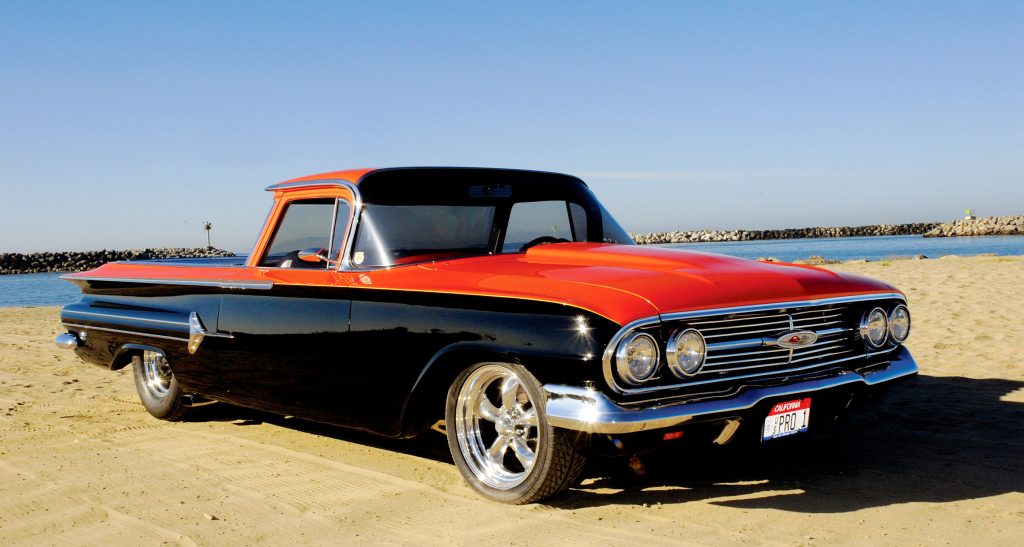
According to Meltzer, the El Camino sat for the next 11 years, taking up space in the corner of the shop while he helped his son Rod build a very nice ’90 1/2-ton Chevy full custom pickup. And if that wasn’t enough, he helped younger son Brad completely update his Camaro and perform a full frame-off restoration on a ’60 Corvette.
“It was beginning to look like the El Camino would never get finished,” he says. Then four years ago, Meltzer simply jumped back in feet first. “As you get older, you get a little wiser,” he says. “We sold the big motor and cut out the rollcage and the entire pickup bed. We built a completely new chassis and converted the El Camino back into a street car like it should have been in the first place.”
As far as the chassis is concerned, Meltzer and son Brad fashioned a new set of longitudinal framerails out of 2×4-inch, 0.180-wall thickness box tubing, adding the necessary box tube rear frame kick-ups and round-tube crossmembers along the way. These rails are joined together with a late-model Chevelle front frame clip, which features a Chevelle independent front suspension, QA1 12-way adjustable shocks, Chevelle power steering and ’86 Chevrolet Monte Carlo power front disc brakes. To get the proper ride height, a set of specific-rate, low-profile Detroit Spring coil springs were also added.
Rear suspension on the car consists of a big-bearing, 3.50:1 NI-geared, Moser 31-spline axle-equipped Ford 9-inch rear suspended by a Meltzer four-bar suspension and QA1 12-way-adjustable coilover shocks. The rear brakes are Ford 11-inch LTD discs. Wheels and tires consist of a set of 17×7-inch American Racing Torq-Thrust IIs in front and 15×14-inch American Racing Torq-Thrust II’s on the rear rolling on P215/45xZR17-inch Falken radials in front and 29.5×15-inch Hoosier Pro Street rubber on the rear.
Powering “Pro-1” is a highly detailed, 0.030-overbore, 9.6:1-compression, TRW-equipped 427 big block by Mump Kenyon. Go-fast items include a Comp Cams roller cam and kit, LS7 open-chamber heads, Edelbrock intake, Holley 850cfm 4-bbl carb, MSD Pro Billet ignition, home-built 10-quart oil pan and fenderwell headers.
Powering “Pro-1” is a Mump Kenyon-built ’67 427 Chevy big block that was bored 0.030 inch over and stuffed with an L88 forged steel crank and 9.6:1-compression TRW forged aluminum pistons that are pressed onto a set of ARP-equipped L88 big-block connecting rods. The cam of choice was a Comp hydraulic-roller unit for a set of LS7 open-chamber cylinder heads. Also an integral part of this combination is the Comp Cams valvetrain, which is protected by a set of Billet Specialties aluminum valve covers.
Induction comes in the form of an Edelbrock Victor Jr. four-valve intake and a race-prepared 850cfm Holley carburetor. The ignition system is an MSD Pro Billet setup while the 10-quart oil pan was custom-built by the owner. Ron custom-built the 2-1/8-inch, four-tube fenderwell headers, which dump into 3-1/2-inch collectors. The 3-1/2-inch exhaust was also fashioned by Meltzer and uses a pair of Flowmaster three-chamber mufflers.
Backing up this potent big-block is a Richmond five-speed transmission using a Hurst shifter and Centerforce dual-friction clutch contained in a Lakewood bell housing. The final link in the El Camino’s powertrain is a Coast machine-fabricated 4130 steel custom driveshaft.
When it came to the bodywork and paint, Jim and sons first filled in the cowl vent area. Then they shaved off the door and tailgate handles and added electric door openers. The cowl induction hood was made by grafting on the scoop from a ’70 El Camino cowl induction hood onto the stock ’60 sheetmetal hood.
The El Camino’s one-of-a-kind custom bed was fashioned out of 0.125-inch thick 5052 aluminum, which was fully radiused, metal-finished and sprayed in light silver metallic. Inside you will find three compartments; on the driver’s side is one for storage, on the passenger’s side is one containing the battery, and out back in the center is one containing a JAZ 22-gallon fuel cell.
The El Camino body was sprayed in House of Kolor Tangelo Pearl topside and PPG Black on the bottom. Pinstriping consists of lime green under many coats of PPG Delgo clear. You’ll also note the use of Impala SS trim.
Inside, we find the handiwork of Saticoy, California’s Jesse’s Upholstery. The El Camino bench seat has been done in gray tweed with a matching headliner and custom door panels. Also along for the ride are a custom-fabricated dash containing Auto Meter Pro Comp gauges and a LeCarra leather-wrapped steering wheel. There’s no fancy stereo here, folks, just the delightful sound of the 427.
On the inside, the Elky features a custom Auto Meter Pro Comp-equipped, all-steel dash that resembles the stock dash. Also along for the ride is a custom floor pan with a radiused tunnel to provide sufficient clearance for the transmission and driveshaft. The seats were covered in light gray tweed and wool by Jesse’s Upholstery in Saticoy, California. Also onboard are a LeCarra leather-wrapped billet steering wheel, power windows and custom door panels. “There are no CD players, amps or speakers. The only sounds I hear come from that 427 and those Flowmasters,” Meltzer says.
Since completion, Jim Meltzer’s “Pro-1” has captured the Goodguys “Hot Hauler” award, the Super Chevy Show Pomona “Best of Show Pro Street” award, the Goodguys “Pro Street is Neat” award, the Harbor Run “Best Paint” award and the NHRA Twilight Cruise’s “The Look” award. And all of this is from a Chevy that was built for driving, not showing!





